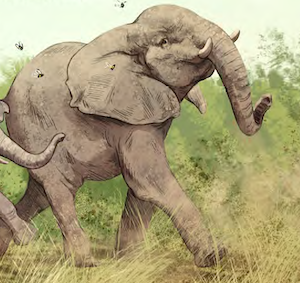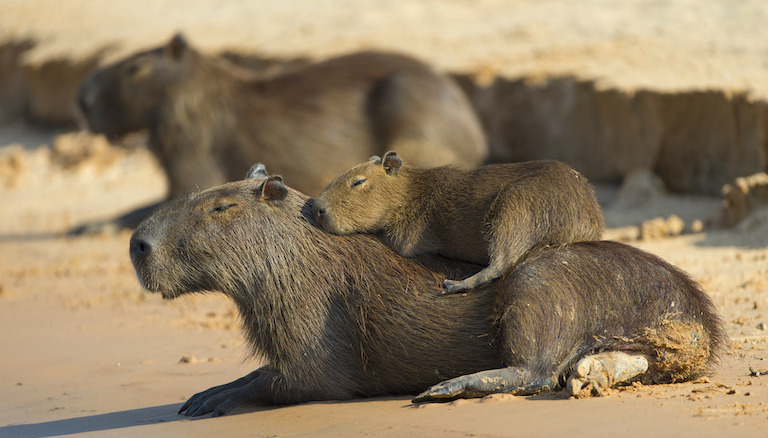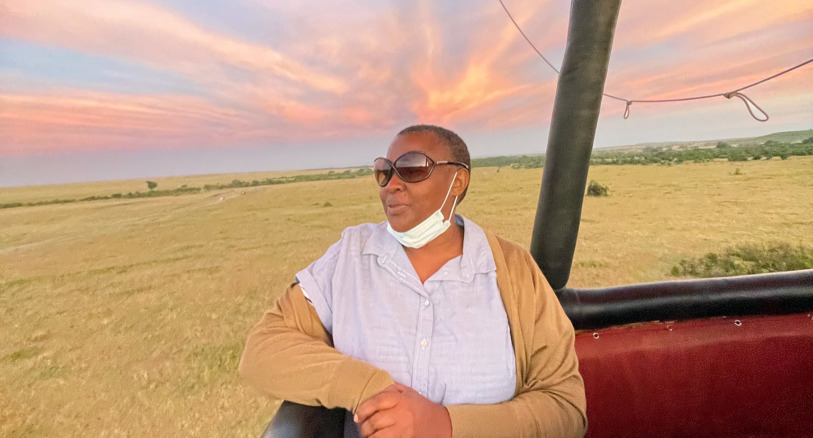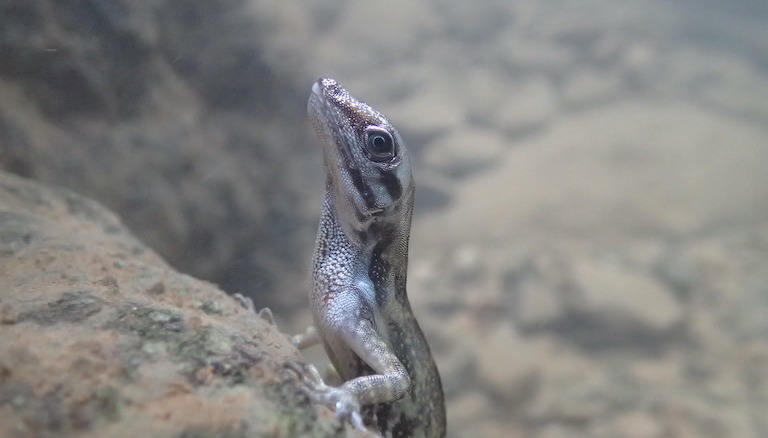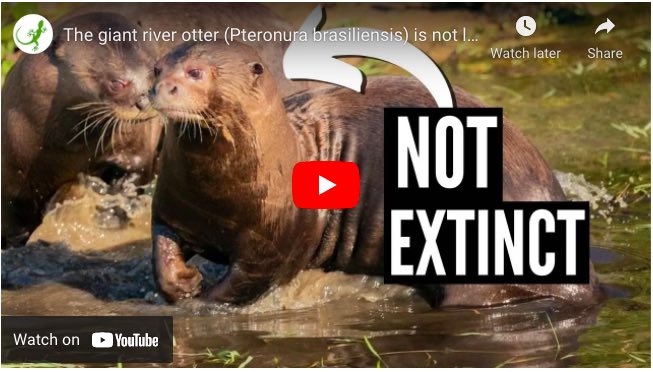Meet the thresher shark
Thresher sharks have long whip-like tails that are almost as long as their bodies!
They are apex predators that chase tuna and other fish prey through the world’s oceans. A thresher shark snaps its tail like a whip to stun its prey — WHAP! Then the shark attacks its dinner with its sharp teeth.
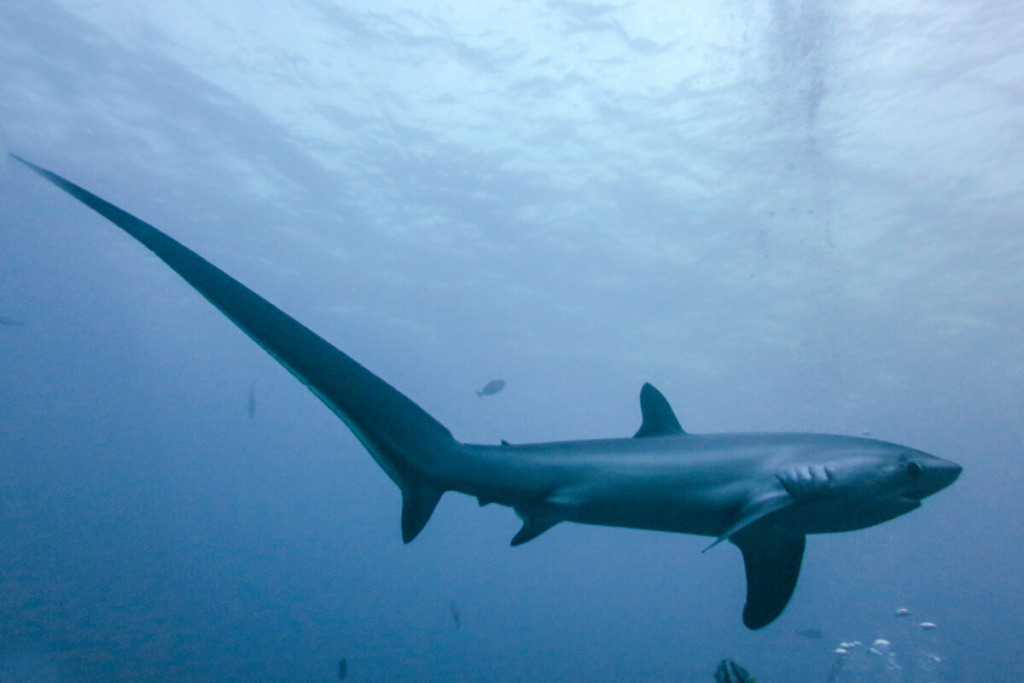
Unfortunately for thresher sharks, they are not the most apex of predators. People eat thresher sharks, and a lot of them. All three species of thresher sharks are endangered. People hunt them for their meat and their skin.
A source of food and income
Indonesia is the world’s top shark-catching country. Most shark meat is dried, salted, or smoked before being sold to stores or restaurants. The deep waters and coral reefs of Indonesia are home to more than 200 of the world’s 1,250 shark species.
The pelagic thresher shark is a main target of fishing communities in Indonesia’s East Nusa Tenggara province. The shark is food for the fishers. Selling shark parts is also a source of income.
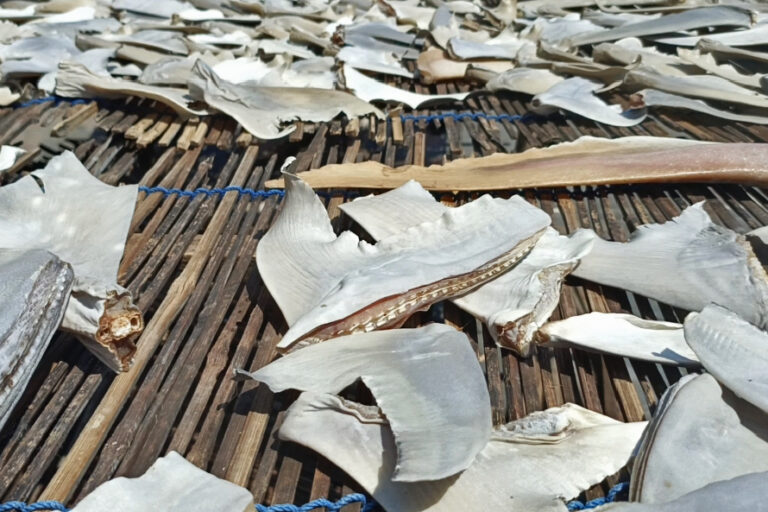
Overfishing is a major conservation challenge in Indonesia and across the Indo-Pacific Ocean. Thresher shark numbers have fallen by 83% in Indonesia over the last three generations.
How to help thresher sharks
A group of shark fishers, researchers, and conservationists ran an experiment to try reduce the overfishing of pelagic thresher sharks in Indonesia.
From August 2021 to November 2023, a group of fishers agreed to stop catching thresher sharks in exchange for help starting new livelihoods. The fishers were provided with resources including fishing boats, engines, equipment, and money to start new businesses. The fishers agreed to stop catching thresher sharks.
The experiment helped reduce thresher shark catches by 91% among participating fishers. Some fishers dropped out of the experiment before it ended. However, the results showed that overfishing can be stopped, but it is a long-term process.
Scientists, government officials, fishers, and local communities have to work together for shark conservation to be successful.
David Brown adapted this story for Mongabay Kids. It is based on an article by Basten Gokkon, published on Mongabay News.

